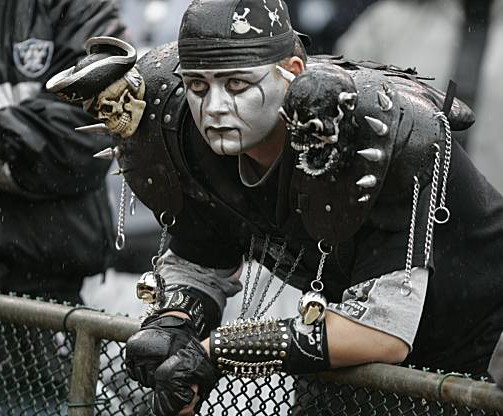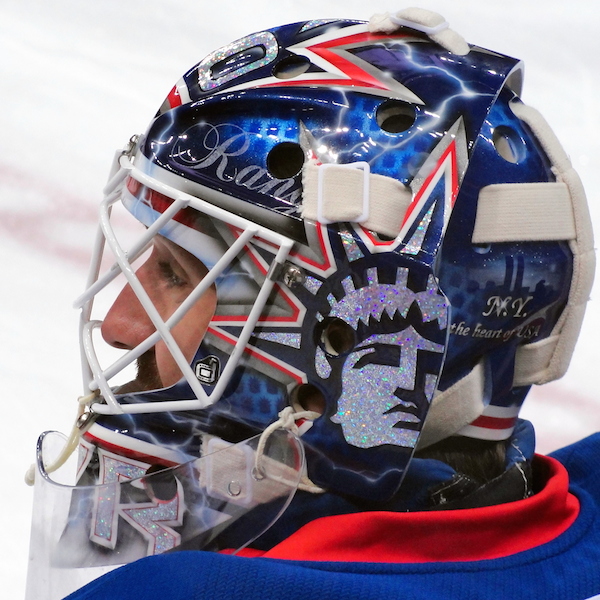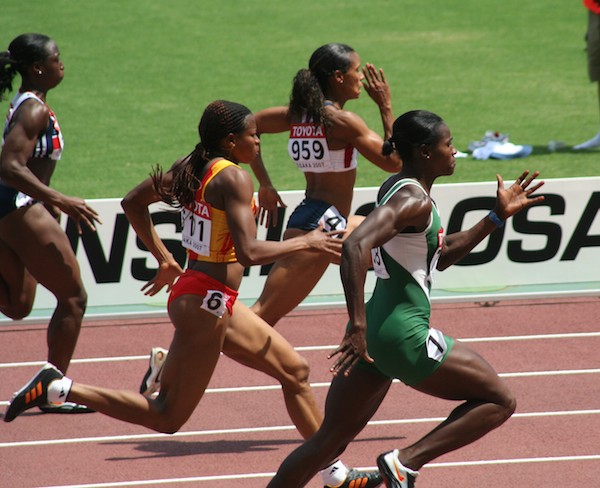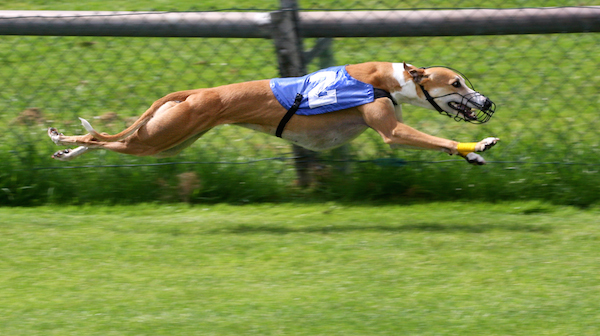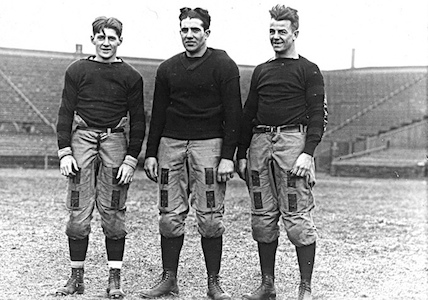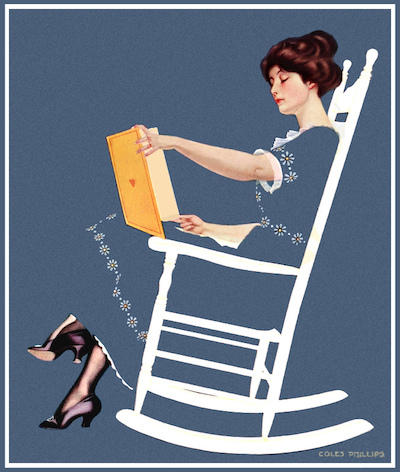For sports fans, the weekend is a cornucopia of wonderful games to watch. This is particularly true in the fall with its traditional pattern of College Football on Saturday and NFL Football on Sunday and Monday. As the parent, child, girlfriend, boyfriend, partner, husband, wife, roommate, or best friend of a sports fan, this can be a challenge. It must be true that some games are more important to watch than others but it’s hard to know which is which. As a sports fan, the power of habit and hundreds of thousands of marketing dollars get in the way of remembering to take a break from sports and do something with your parent, child, girlfriend, boyfriend, partner, husband, wife, roommate, or best friend. To aid all of us in this, and just because it’s fun, I’m going to write a weekly post highlighting a single game that is ideal for skipping. Use this to help tell yourself or someone else: “Do not watch this game!”
Thursday, 8:25 p.m. ET, NFL Football, Cleveland Browns at Cincinnati Bengals. It’s on the NFL Network but do not watch this game!
I know what you’re thinking… it’s a little early in the week for this post. You’re right. Whatever level of hunger you have for football, you’re still digesting last week’s games. So, why am I already thinking about Week 10 in the NFL and which game to suggest skipping, if you’re going to skip any of them. Easy – because this week, the clear candidate for skipping is the Thursday night football game between the Cleveland Browns and the Cincinnati Bengals.
Here’s the case against the game. The Cleveland Browns right now are like a stale donut rotating in a display. It looks delicious on the outside, but once you get past that layer of glimmering glaze, it’s stale and crummy on the inside. Mmmm… donuts. The Browns have a good record this year with five wins in their first eight games, but when you look at their schedule, especially recently, they’ve really only played bad teams and even then, they haven’t been impressive. During the last three weeks, they’ve played the three worst teams in the NFL: the Jacksonville Jaguars, Oakland Raiders, and Tampa Bay Buccaneers. Any decent team should have been able to rattle off three easy wins. The Browns lost to the Jaguars and beat the other two with a distinct lack of aplomb. The two most compelling characters on the Browns are interesting partially because of their absence. Wide receiver Josh Gordon is serving a ten week suspension for his third violation of the NFL’s ban against weed. Rookie quarterback Johhny Manziel is sitting on the bench because literally nothing he’s done so far in the NFL has suggested he should be playing over the hum-drum current starter, Brian Hoyer.
The Browns’ opponent, the Cincinnati Bengals are 5-2-1 (five wins, two losses, and one tie) on the year so far. They’ve made the playoffs four out of the last five years and lost in the first round every single time. That’s impressive – it’s like flipping a coin sixteen times and calling at least ten right four out of five times but then getting the next one wrong ALL FOUR TIMES. Football isn’t exactly like flipping coins, but it would be interesting to know what the likelihood of a coin-flipping team having the record the Bengals have had over the last five seasons [activate math friends!] Honestly, the best reasons to watch this game are that both teams wear orange and black/brown and they’re from Ohio. If you’re not an Ohio native or resident or you don’t have a thing for orange, it’s probably safe to spend your Thursday night doing something else.
If you are an Ohio/Orange lover, here’s an alternative – skip the 4:05 game between the Denver Broncos and the Oakland Raiders. The Broncos are one of the best three teams in the league and they’re pissed after losing to the Patriots last week. They’re not about to allow the winless and hopeless Raiders even an eight of an inch of wiggle room in this game.

